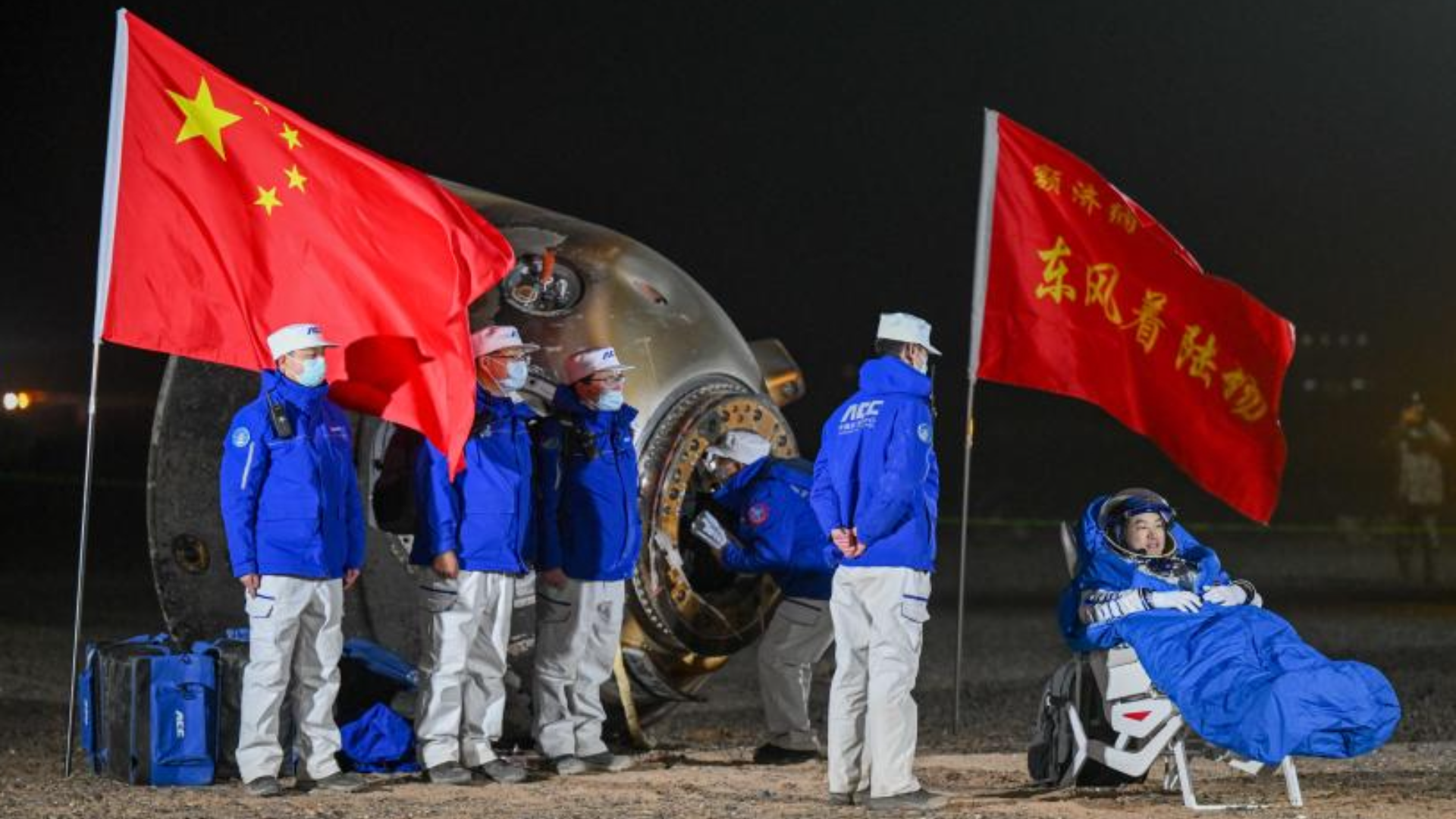Copyright Interesting Engineering

China’s Shenzhou-21 mission marked another milestone in the nation’s growing space ambitions. Launched late Friday night aboard a Long March-2F rocket from the Jiuquan Satellite Launch Center in the Gobi Desert, the spacecraft carried three astronauts and four mice – part of China’s first mammal study in orbit. About ten minutes after liftoff, Shenzhou-21 separated from its rocket and entered orbit with high precision, according to the China Manned Space Agency. The crew was reported to be in good condition as the spacecraft docked with the Tiangong space station just three and a half hours later, at 3:22 a.m. Saturday. Orbiting roughly 242 miles above Earth, the mission will carry out 27 experiments over six months to advance China’s research on space biology and long-term human habitation. Shenzhou-21 astronauts to study space biology and test new suits in orbit The Chinese astronauts will embark on a six-month mission aboard the Tiangong space station. After entering the orbital outpost around 5 a.m., commander Zhang Lu, flight engineer Wu Fei, and payload specialist Zhang Hongzhang were welcomed by the Shenzhou-20 crew, who have been aboard since April. During their stay, the Shenzhou-21 team will install shielding to protect the station from space debris, test next-generation spacesuits, and carry out 27 scientific experiments. Their research will span biotechnology, materials science, microgravity physics, and advanced space technologies, supporting China’s long-term ambitions for sustained human presence in orbit, the South China Morning Post reports. China’s first in-orbit mammal study will begin while both the Shenzhou-20 and Shenzhou-21 crews are aboard the Tiangong space station. The experiment involves two male and two female lab mice, which will help scientists understand how weightlessness, isolation, and cosmic radiation affect mammalian physiology and behavior. Crew brings mix of experience, youth, and scientific expertise Leading the Shenzhou-21 mission is veteran astronaut Zhang Lu, who previously flew on Shenzhou-15 three years ago. He is joined by 32-year-old Wu Fei from the China Academy of Space Technology, now the youngest Chinese astronaut ever to reach orbit, and Zhang Hongzhang, a researcher with the Chinese Academy of Sciences who specializes in vanadium flow batteries, large-scale energy storage systems used for renewable power. The mission represents China’s 10th crewed flight to the Tiangong space station since its first in 2021. Beijing is also expanding international cooperation, with two Pakistani astronauts currently in training – one expected to join a short-term Tiangong mission under a new bilateral space agreement signed earlier this year.



